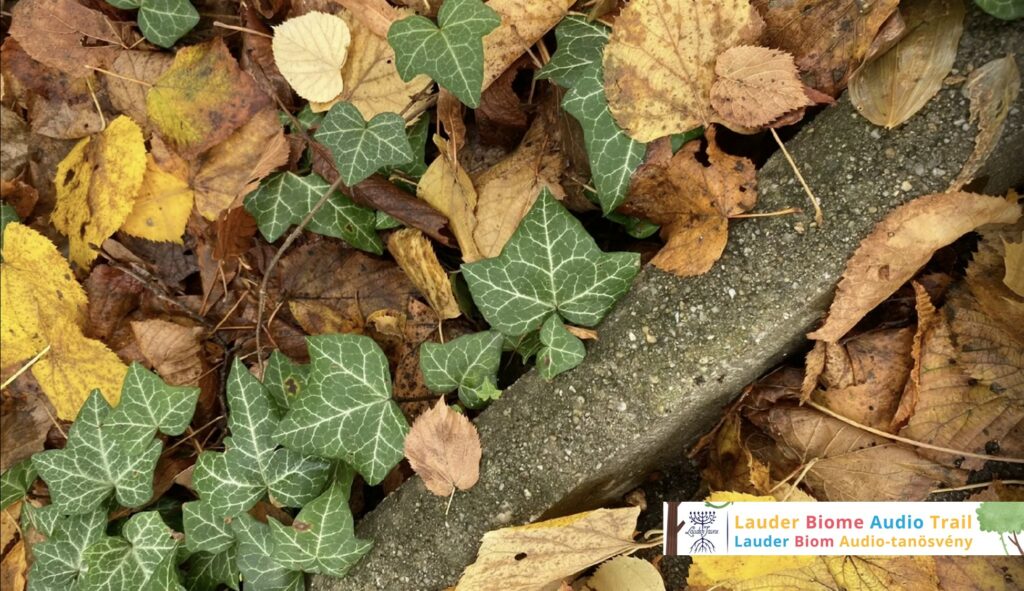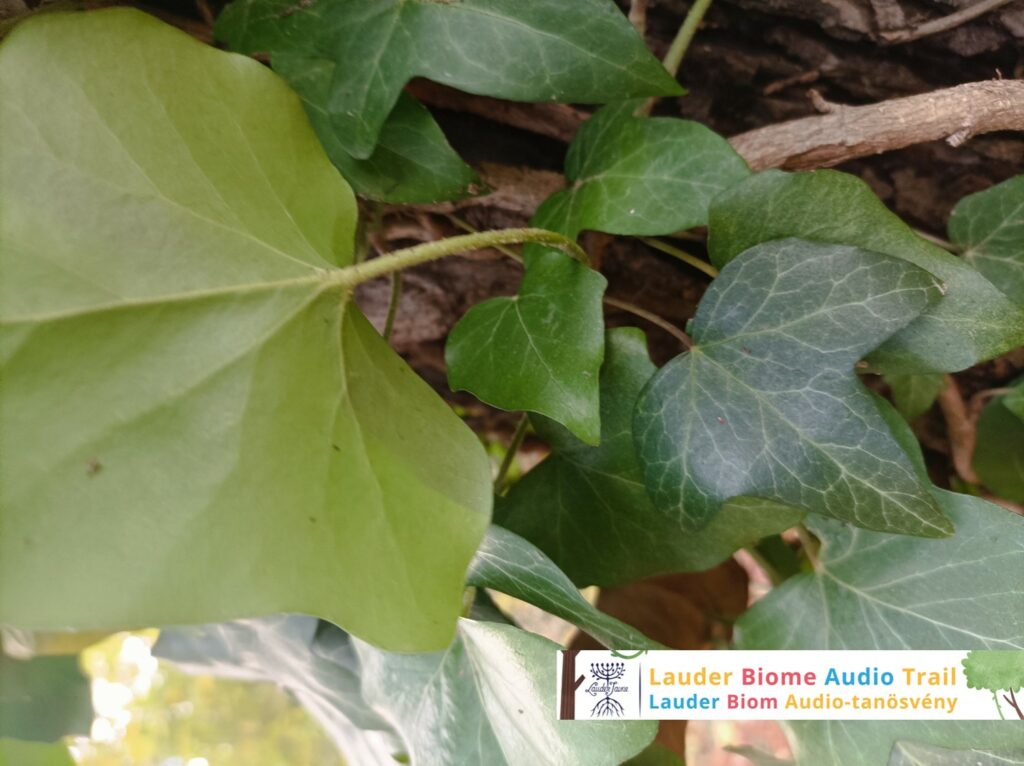
12. Common ivy / Hedera helix
The English ivy, or Hedera helix is an evergreen plant native to Europe and western Asia, it is not endangered at all. The plant can grow on various things ranging from walls, rocks, tree trunks to fences without the need of human assistance. It can grow as long as 30 meters, if the surface is high enough for the plant to achieve that. It prefers the pH level to be neutral, for example 6.5 pH is good enough for it.
The leaves are alternate, 50–100 mm long, with a 15–20 mm petiole. There are two types: palmately five-lobed juvenile leaves on creeping and climbing stems, and unlobed cordate adult leaves on fertile flowering stems exposed to full sun. The flowers produce from late summer up until autumn and have lots of nectar for bees. The English ivy also has berries with 1-5 seeds, fruit is usually purple-black and many birds eat it as food. One interesting fun fact about it is, in Bavaria, Germany, the government recommends it to be planted on house fences, because it keeps the interior of the yard cool during the summer. But it comes at cost, since it can grow so easily, it can damage walls, furniture and woodworks, and the worst of them all, bring pests into the garden.
Back to the menu of the learning path

12. Közönséges Borostyán / Hedera Helix
Az Angol borostyán, vagy Hedera helix, egy örökzöld, nem veszélyeztetett növény amely őshonos Európában és Nyugat-Ázsiában is. A növény képes falakon, köveken, fatörzseken és kerítéseken is megkapaszkodni. Akár 30 méteresre is megnőhet, ha van helye. Kedveli a semleges pH értéket, legfőképpen a 6.5-öt. A levelek vastagsága az 50- és 100 mm között van, míg a levélnyél hossza 15 és 20 mm közötti. A virágok nyár végétől, őszig nyílnak és sok nektárt tartalmaznak, ami kedvez a méheknek. Az Angol borostyán bogyók terem, (általában lilás-feketéket) amelyek általában 1 és 5 magot tartalmaznak és sok madár számára jeletik az eleséget. Egy érdekes tény, hogy Bajorországban az javasolja a kormány, hogy futtassák a kerítésre a növényt, hogy nyáron hűvös maradjon a kert belseje. Ennek egy hátránya, hogy mivel könnyedén nő, ezért kárt tud okozni a falakban, bútorokban; A legrosszabb pedig az, hogy vonzza a kártevőket.
